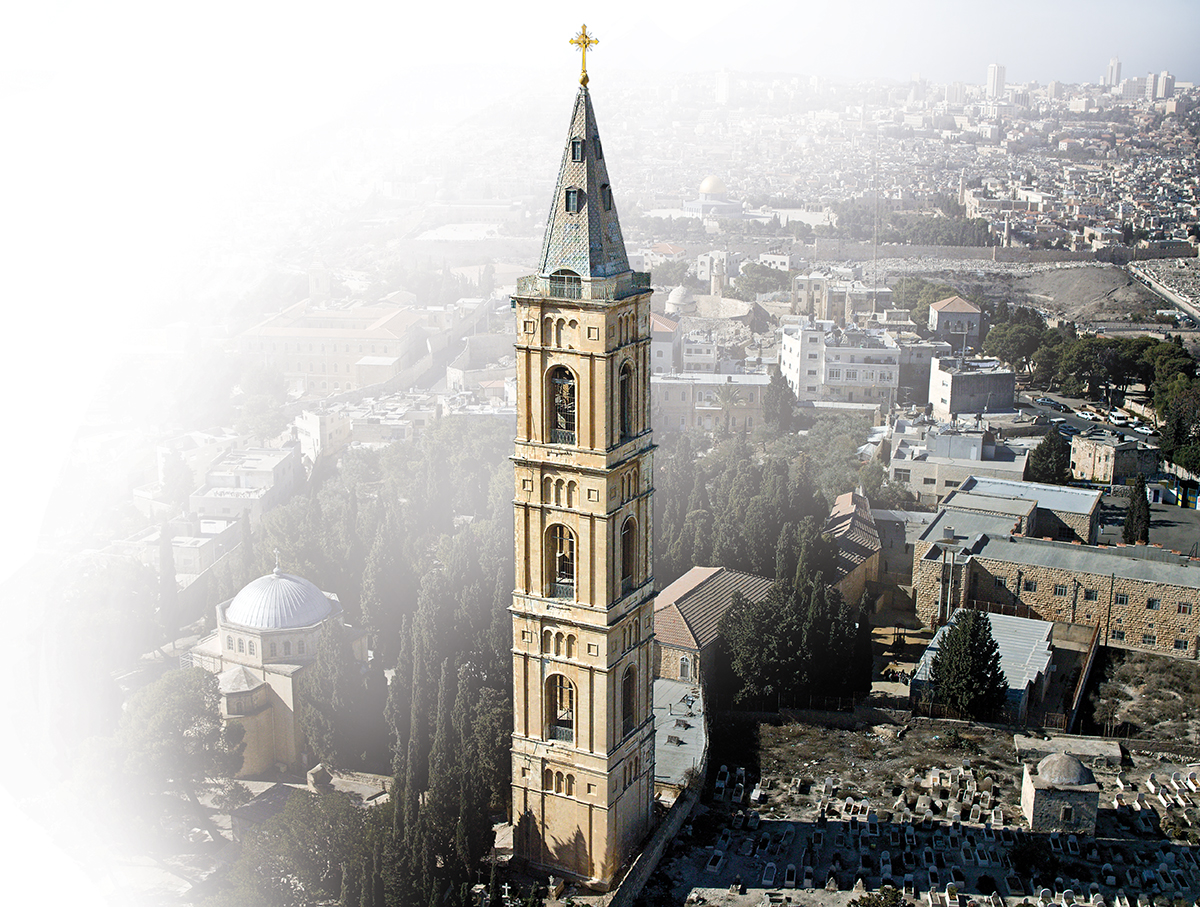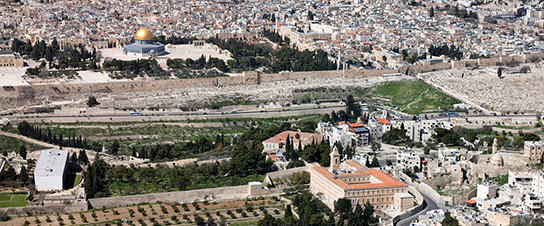
JESUS ASCENDS FROM THE MOUNT OF OLIVES
LUKE 24:50–51; ACTS 1:1–12
During the forty days following his resurrection, Jesus met both individuals and groups of people in order to assure his beloved followers with convincing proof that he was alive, as well as to give them instructions through the Holy Spirit (Matt. 28:9; Luke 24:15, 33–36; Acts 1:1–3). If these postresurrection visits had simply stopped, the disciples would have lacked the necessary closure to move on with the next steps in their lives. So there was one final time together before Jesus left them to return to his Father’s house. His physical presence with the disciples ended with his ascension—an event that took place from the Mount of Olives for a reason.
Jesus knew this time of transition would be difficult for his disciples, so he had prepared them for this moment. Just days earlier he had spoken to them about going away to prepare a place for them and then returning to bring them to that place (John 14:2–3). Furthermore, he noted that his departure was necessary so that the Counselor, the Spirit of Truth, could come to bring them power, to help them recall all the things they had seen and heard, and to bring clarity to his teaching (John 14:16–17, 25–26; Acts 1:8).
Forty days after the resurrection, Jesus led the disciples out of Jerusalem to a place on the familiar road toward Bethany. He raised his hands and blessed them, and then before their eyes, he ascended from the surface of the earth and was hidden from their sight by a cloud (Luke 24:50–51; Acts 1:9).

View of Jerusalem looking west from above the Mount of Olives.
The ridge of the Mount of Olives above Jerusalem is the likely location of this event. From the fourth century to the present, a series of churches has commemorated the location of Jesus’s ascension.25 Given the biblical evidence that places this event between Bethany and Jerusalem (Luke 24:50; Acts 1:12), these early church sites seem to take us to the right place.
Since we so often find an important connection between events in Jesus’s life and their settings, it seems appropriate that we look for meaningfulness in the location of his ascension as well. First we observe that Jesus rose from soil and stone of Jerusalem—the heart of the Promised Land. God had promised that it would be from this land that a descendant of Abraham would rescue creation from the consequences of mutiny against God (Isa. 9:6–7; 53:5–7; John 1:29), and Jesus did just that. As he rose from the Mount of Olives, the scene beneath him took in many of those places critical to that rescue. To the south, we see Bethlehem. There the Son of God joined us in the flesh, the King and Creator of the world born in the most humble of settings. From the Mount of Olives, our eyes also catch the gleaming Temple. The many sacrifices offered there over hundreds of years recall the price that Jesus paid for our rescue. And just beyond the Temple, our eyes come to rest upon Golgotha and the empty tomb. As the disciples watched Jesus ascend to his heavenly throne, two men dressed in white gave a promise of hope to us all: “Men of Galilee . . . why do you stand here looking into the sky? This same Jesus, who has been taken from you into heaven, will come back in the same way you have seen him go into heaven” (Acts 1:11).
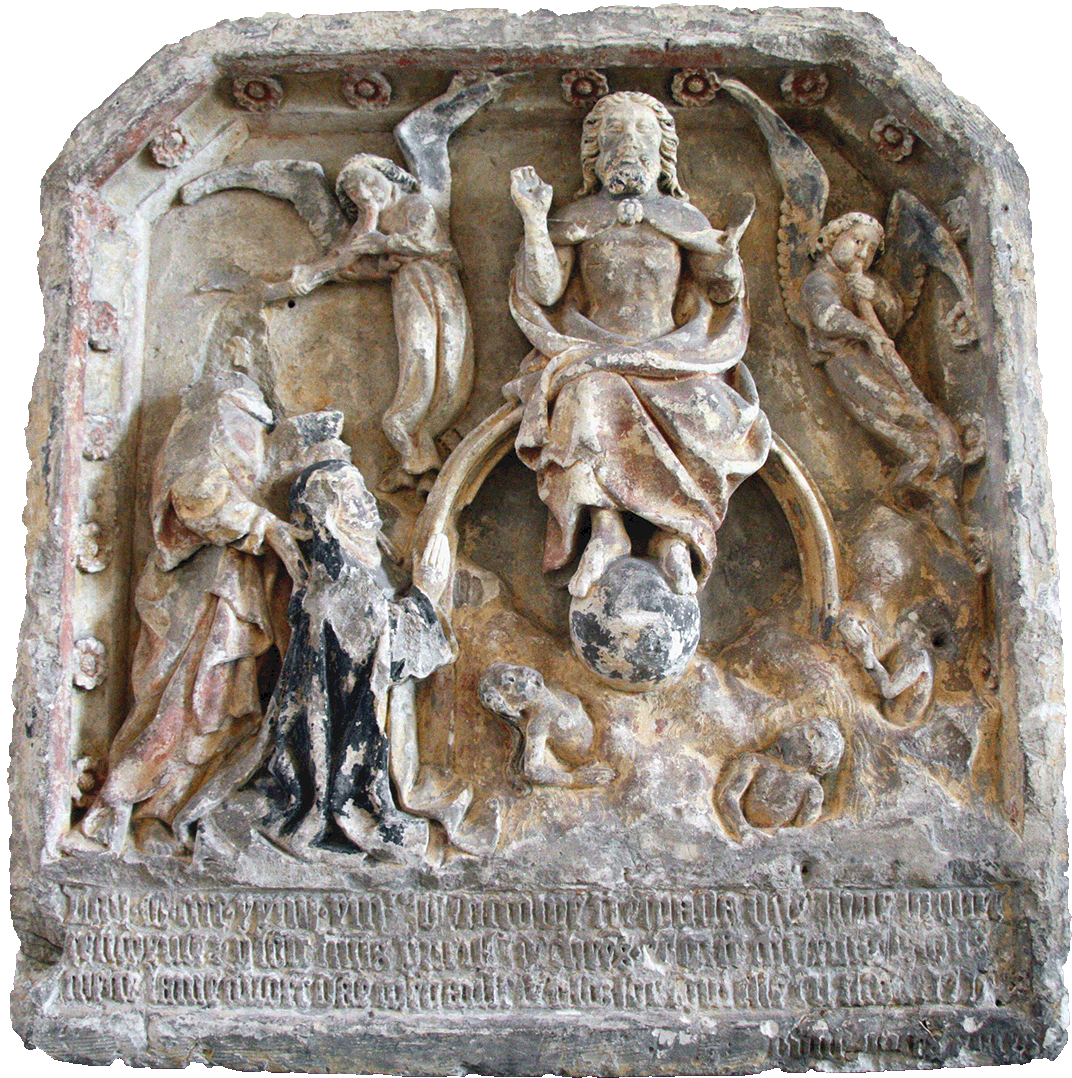
Depiction (AD 1424) of the ascension of Jesus and final judgment.
© Dr. James C. Martin. Musée du Louvre; Autorisation de photographer et de filmer—LOUVRE.
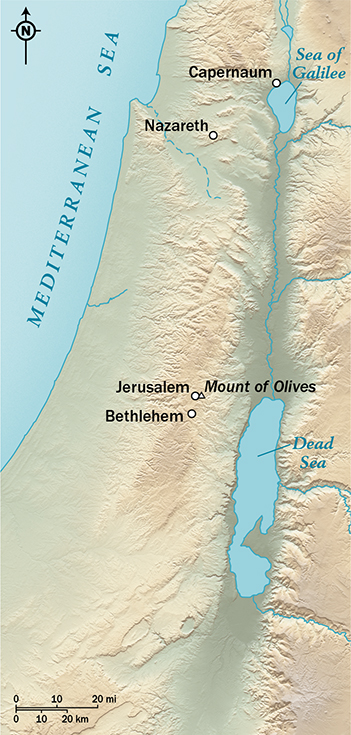
Jesus Ascends from the Mount of Olives near Jerusalem
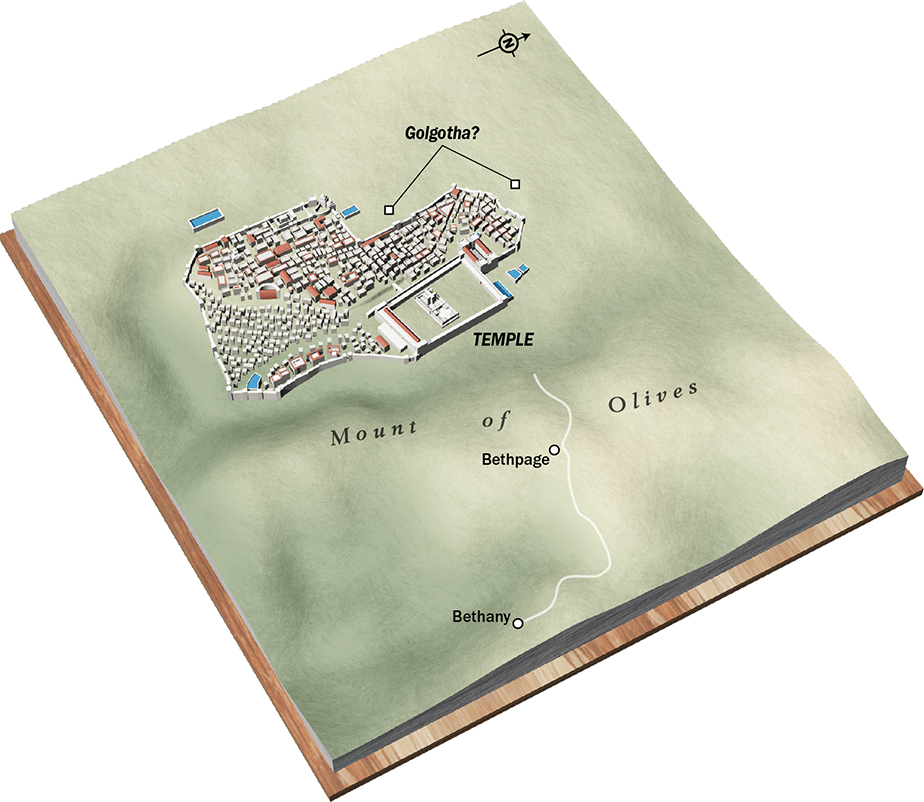
The Russian Church of the Ascension tower, located on the Mount of Olives (view looking west).
